في مختلف الصناعات، يعد ضمان السلامة في البيئات الخطرة أمرًا بالغ الأهمية. أحد المكونات الرئيسية في حماية مثل هذه البيئات هو الإضاءة المقاومة للانفجار. تم تصميم هذا النوع من الإضاءة خصيصًا لمنع الانفجارات في المناطق التي قد توجد بها غازات أو أبخرة أو غبار قابلة للاشتعال. إن فهم ماهية الإضاءة المقاومة للانفجار، وكيف تعمل، وتطبيقاتها يمكن أن يساعدك في اتخاذ قرارات مستنيرة عند اختيار الإضاءة للمناطق عالية الخطورة.
ما هي الإضاءة المقاومة للانفجار؟
تشير الإضاءة المقاومة للانفجار إلى تركيبات الإضاءة المصممة لاحتواء أي انفجار داخل محيطها والتحكم فيه، وبالتالي منعه من إشعال الأجواء الخطرة المحيطة. تم بناء هذه التركيبات بمواد قوية ولها تصميم يمنع اشتعال المواد القابلة للاشتعال في محيطها. الإضاءة المقاومة للانفجار أمر بالغ الأهمية في البيئات حيث يكون خطر الانفجارات بسبب وجود مواد قابلة للاشتعال أو الانفجار كبيرًا.
كيف تعمل الإضاءة المقاومة للانفجار؟
الغرض الأساسي من الإضاءة المقاومة للانفجار هو الحماية من الانفجارات من خلال احتواء أي انفجار محتمل داخل التركيبة نفسها. يتضمن تصميم الإضاءة المقاومة للانفجار العديد من الميزات المهمة:
- غلاف متين: يتم وضع الأضواء المقاومة للانفجار في غلافات شديدة التحمل مصنوعة من مواد مثل الألومنيوم أو الفولاذ أو الفولاذ المقاوم للصدأ. يتم اختيار هذه المواد لقوتها ومتانتها، وقدرتها على تحمل الضغط ودرجات الحرارة العالية.
- الوصلات المغلقة: يتم إغلاق الوصلات بإحكام لمنع دخول أي غازات قابلة للاشتعال أو غبار. يعد الإغلاق أمرًا بالغ الأهمية لأنه يمنع اشتعال المواد الخطرة خارج التركيبات.
- تبديد الحرارة: تم تصميم تركيبات الإضاءة المقاومة للانفجارات لإدارة الحرارة بشكل فعال. يمكن أن تكون الحرارة الزائدة عامل خطر للانفجارات، لذا فإن هذه التركيبات تتضمن آليات تبريد للحفاظ على درجة حرارة تشغيل آمنة.
- مقاومة التأثير: تم تصميم هذه الأضواء لتحمل تأثير القوى الخارجية، والتي قد تؤثر على سلامة التركيبات وتؤدي إلى مخاطر محتملة.
تطبيقات الإضاءة المقاومة للانفجار
تُستخدم الإضاءة المقاومة للانفجار في مجموعة متنوعة من الأماكن حيث يوجد خطر حدوث أجواء متفجرة. تتضمن بعض التطبيقات الشائعة ما يلي:- صناعة النفط والغاز: في منصات النفط ومصافي النفط ومصانع معالجة الغاز، فإن وجود الغازات والأبخرة القابلة للاشتعال يجعل الإضاءة المقاومة للانفجار ضرورية للحفاظ على السلامة.
- المصانع الكيميائية: غالبًا ما تتعامل مرافق التصنيع الكيميائية مع مواد متطايرة يمكن أن تخلق بيئات متفجرة، مما يجعل الإضاءة المقاومة للانفجار إجراء أمان ضروريًا.
- عمليات التعدين: تتطلب المناجم، وخاصة تلك التي تتعامل مع الغبار القابل للاشتعال، إضاءة مقاومة للانفجار لضمان سلامة العمال والمعدات.
- المستحضرات الصيدلانية وتجهيز الأغذية: في المرافق التي تستخدم فيها مساحيق أو مذيبات قابلة للاشتعال، تساعد الإضاءة المقاومة للانفجار على منع الحوادث وضمان بيئة عمل آمنة.
- محطات معالجة مياه الصرف الصحي: إن وجود غاز الميثان والغازات الأخرى القابلة للانفجار في محطات معالجة مياه الصرف الصحي يتطلب استخدام إضاءة مقاومة للانفجار.

فوائد الإضاءة المقاومة للانفجار
يقدم استخدام الإضاءة المقاومة للانفجار العديد من الفوائد:
- تعزيز السلامة: من خلال منع الانفجارات واحتواء أي مصادر اشتعال محتملة، تعمل الإضاءة المقاومة للانفجار على تعزيز سلامة العمال والبيئة المحيطة.
- الالتزام باللوائح: يتعين على العديد من الصناعات الالتزام بمعايير ولوائح السلامة. تساعد الإضاءة المقاومة للانفجار المؤسسات على تلبية هذه المتطلبات وتجنب العقوبات.
- المتانة وطول العمر: تم تصميم التركيبات المقاومة للانفجار لتتحمل الظروف القاسية، مما يوفر أداءً طويل الأمد حتى في البيئات الصعبة.
- تقليل وقت التوقف عن العمل: تعمل الإضاءة المناسبة المقاومة للانفجار على تقليل خطر الحوادث ووقت التوقف عن العمل، مما يساهم في العمليات الأكثر سلاسة وزيادة الإنتاجية.
اختيار الإضاءة المناسبة المقاومة للانفجار
عند اختيار الإضاءة المقاومة للانفجار، ضع العوامل التالية في الاعتبار:
- تصنيف المناطق الخطرة: حدد التصنيف المحدد للمنطقة الخطرة التي سيتم استخدام الإضاءة فيها. يتم تصنيف الإضاءة المقاومة للانفجار إلى فئات وأقسام مختلفة، مثل الفئة الأولى والثانية والثالثة، وكل منها مناسب لأنواع مختلفة من البيئات الخطرة.
- المواد وجودة البناء: تأكد من أن تركيبات الإضاءة مصنوعة من مواد عالية الجودة ومتينة تلبي معايير الصناعة للتصميم المقاوم للانفجار.
- الشهادة والامتثال: تأكد من أن تركيبات الإضاءة معتمدة من قبل منظمات السلامة ذات الصلة وتتوافق مع معايير الصناعة، مثل شهادة ATEX أو UL.
- الصيانة والتركيب: ضع في اعتبارك سهولة صيانة وتركيب الإضاءة المقاومة للانفجار لضمان إمكانية إدارتها بشكل فعال في بيئتك المحددة.
خاتمة
تُعد الإضاءة المقاومة للانفجار عنصرًا بالغ الأهمية للحفاظ على السلامة في البيئات الخطرة حيث توجد غازات أو أبخرة أو غبار قابل للاشتعال. من خلال فهم ماهية الإضاءة المقاومة للانفجار، وكيف تعمل، وتطبيقاتها المختلفة، يمكنك اتخاذ قرارات مستنيرة لضمان سلامة منشآتك والامتثال للوائح الصناعة. إن الإضاءة المقاومة للانفجار المختارة والمثبتة بشكل صحيح لا تعزز السلامة فحسب، بل تساهم أيضًا في الكفاءة التشغيلية وطول العمر.



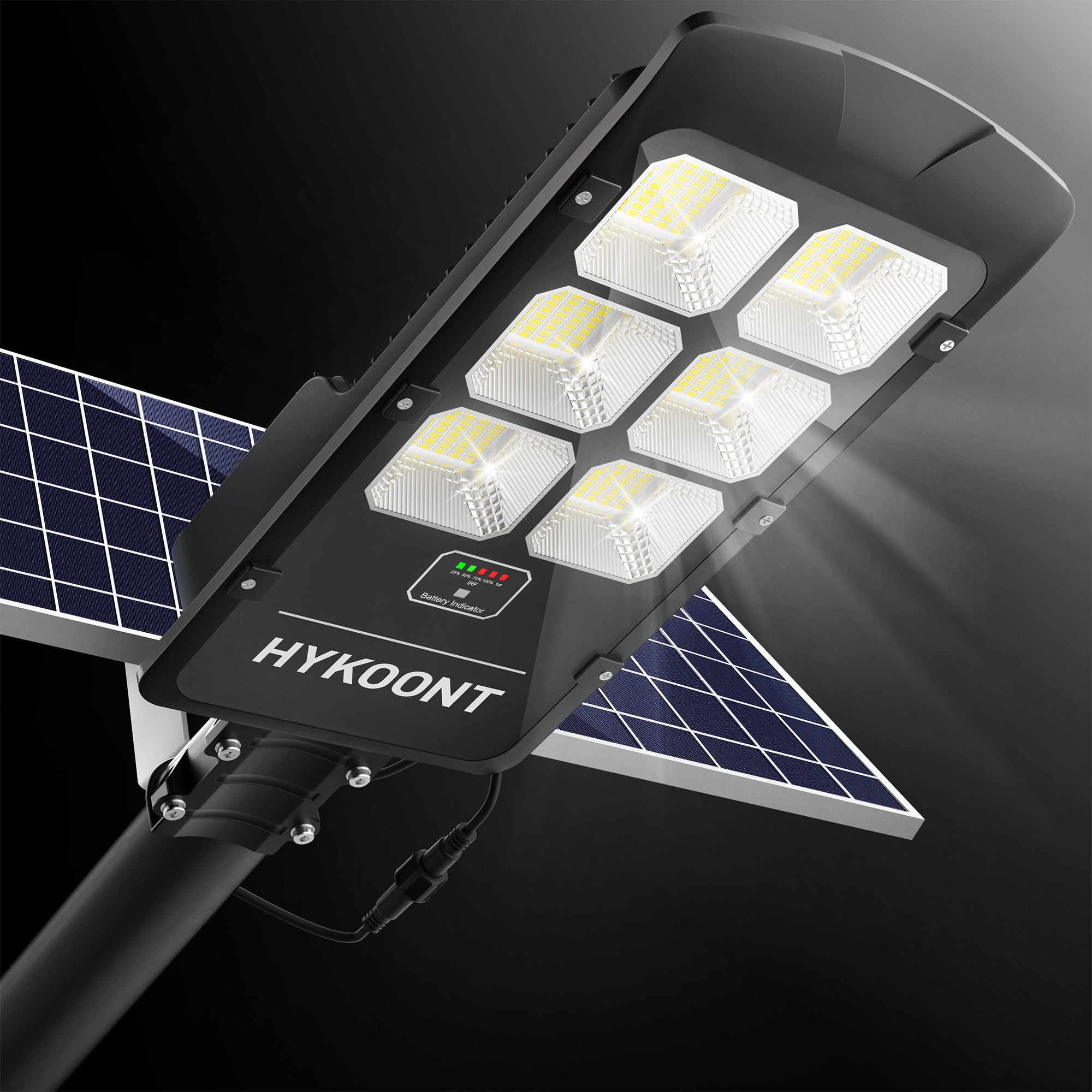
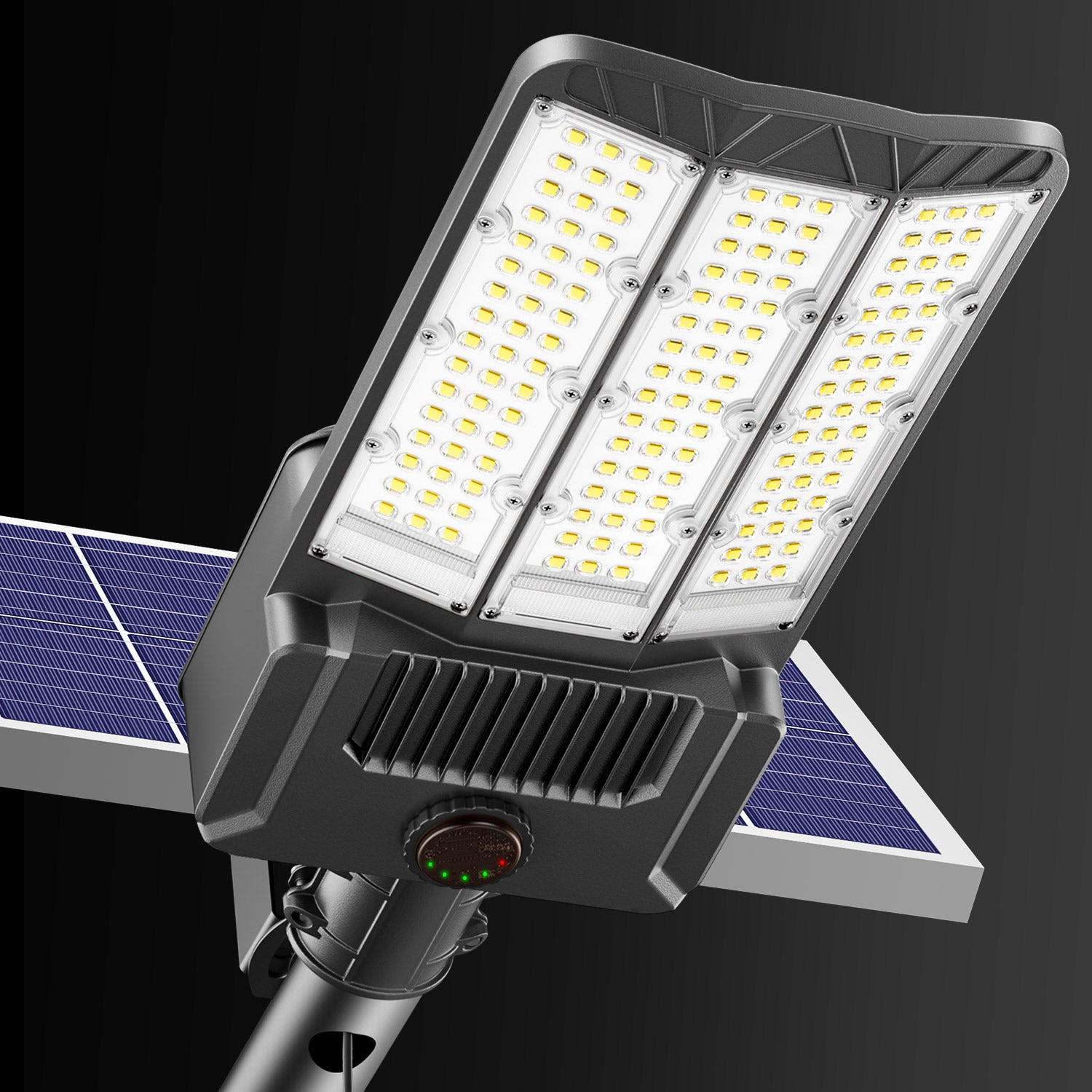







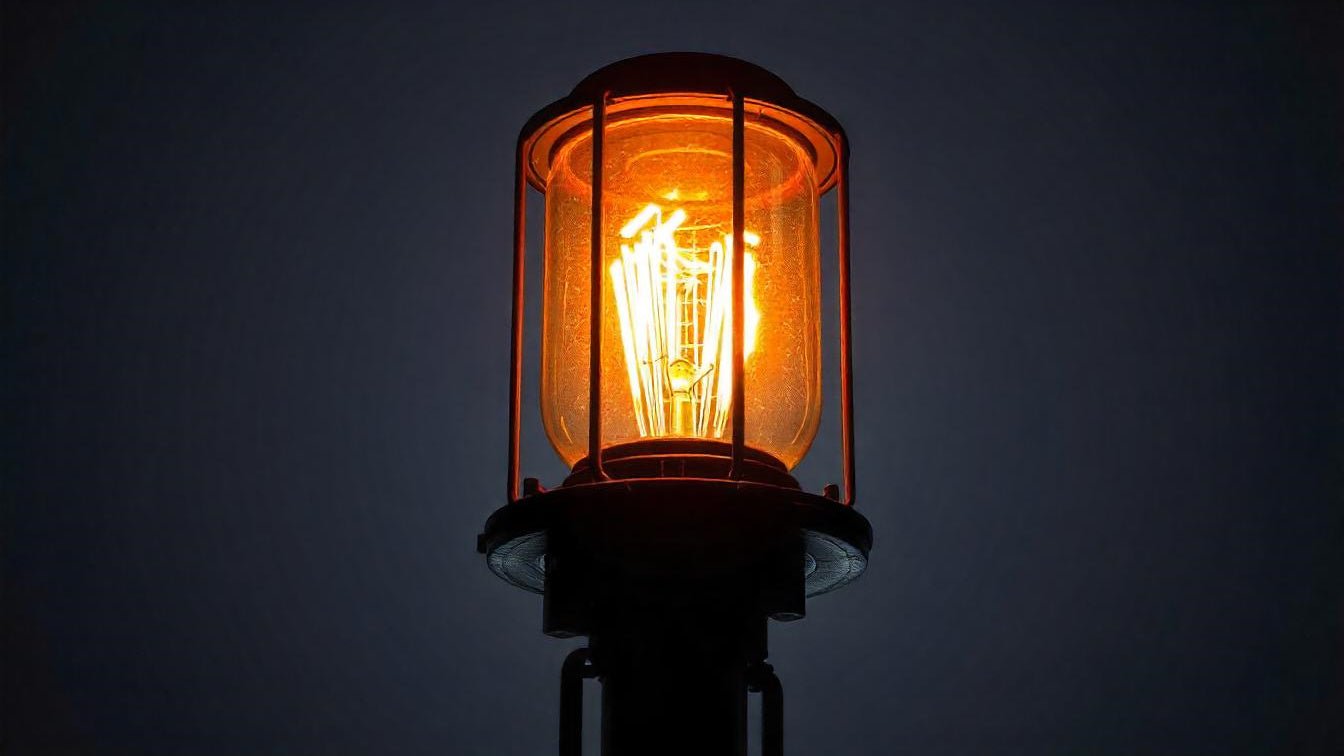
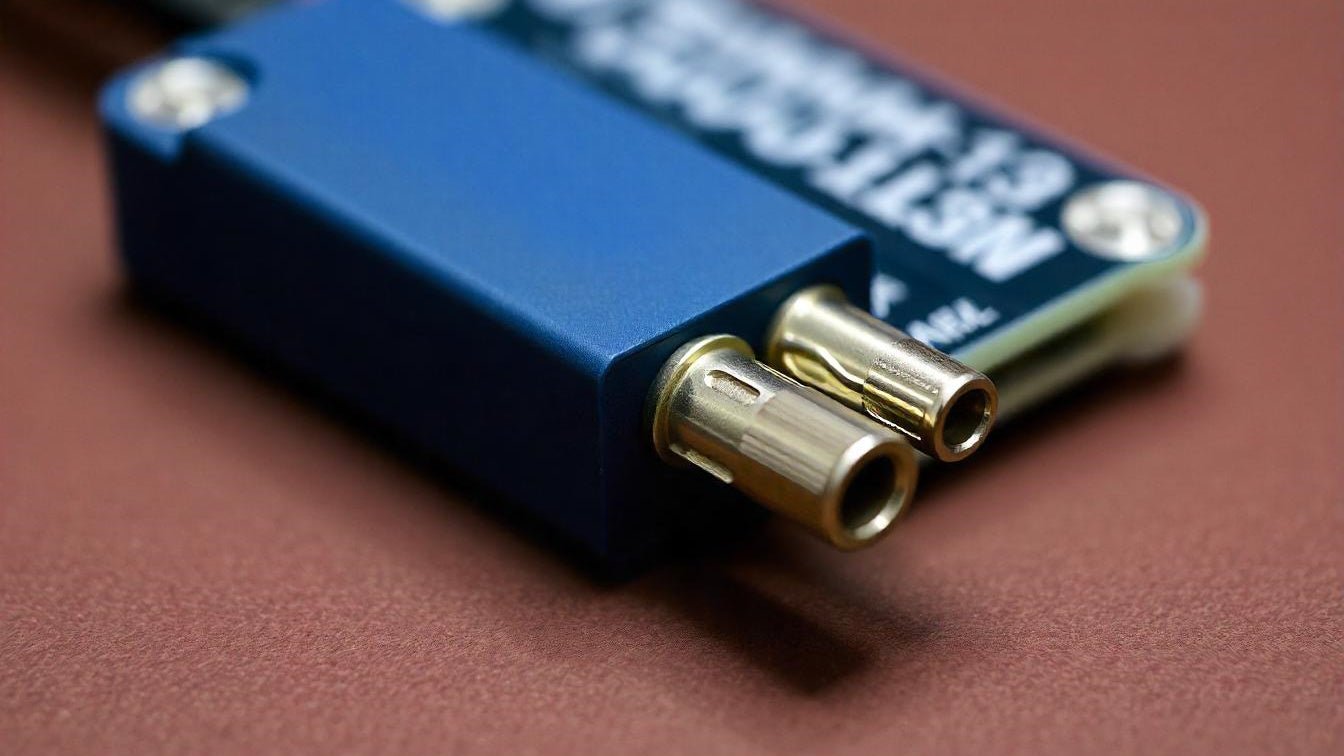
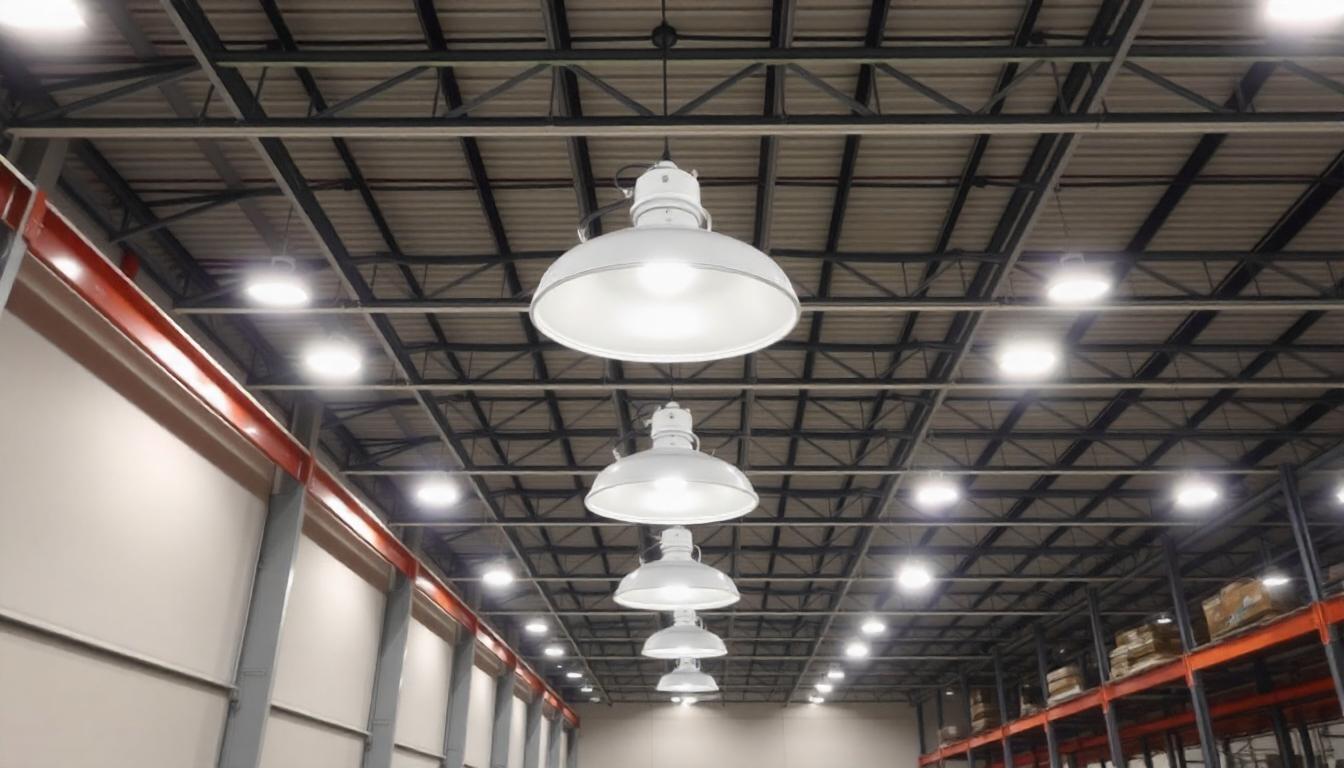






اترك تعليقًا
This site is protected by hCaptcha and the hCaptcha Privacy Policy and Terms of Service apply.